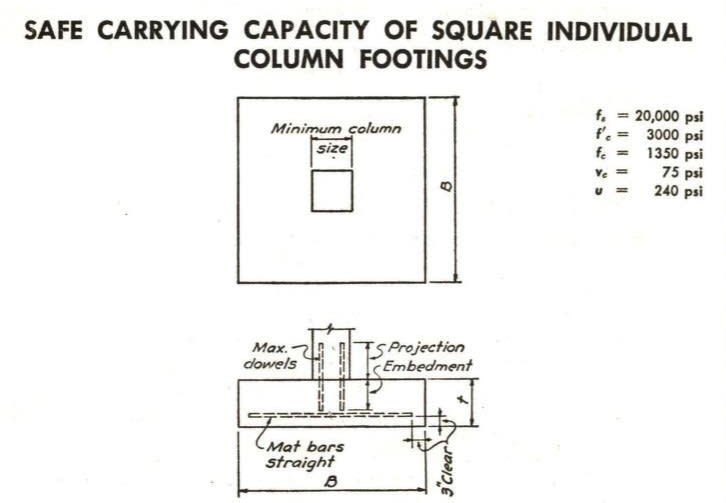Referring to ACI 318-19 table 20.5.1.3.1 or any older version with respective clause regarding concrete cover, I have few questions:
1. What is the difference between the two types of exposures namely "CAST AGAINST AND PERMANENTLY IN CONTACT WITH GROUND" and "IN CONTACT WITH GROUND"? Which member lies in which exposure category?
2. Generally foundations don't directly rest on ground rather on lean concrete, should I consider foundation bottom exposure as not in contact with ground?
1. What is the difference between the two types of exposures namely "CAST AGAINST AND PERMANENTLY IN CONTACT WITH GROUND" and "IN CONTACT WITH GROUND"? Which member lies in which exposure category?
2. Generally foundations don't directly rest on ground rather on lean concrete, should I consider foundation bottom exposure as not in contact with ground?

![[pipe] [pipe] [pipe]](/data/assets/smilies/pipe.gif)
